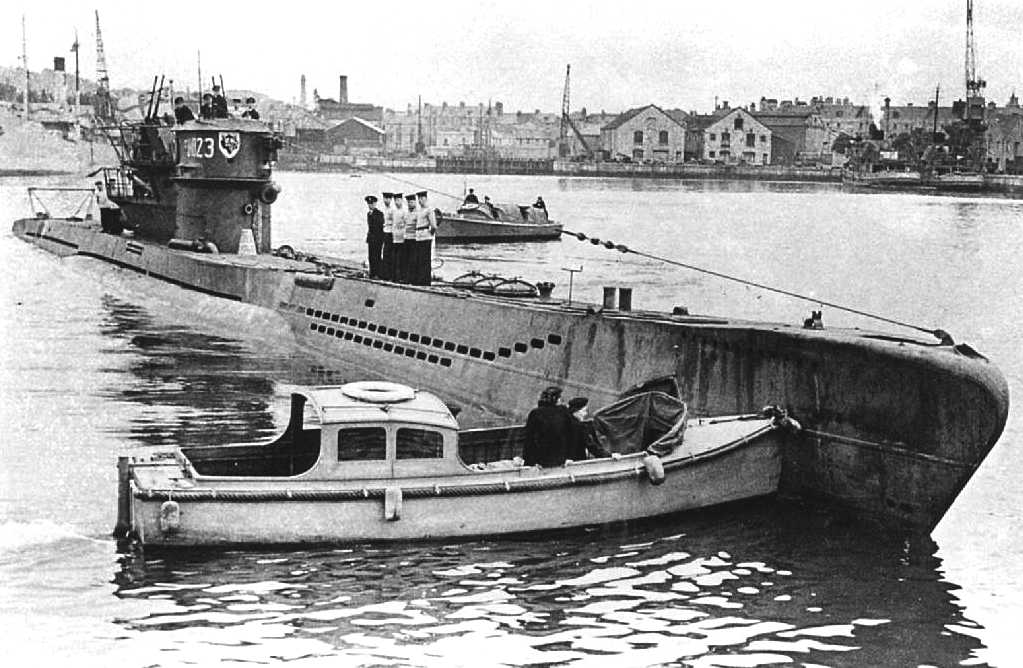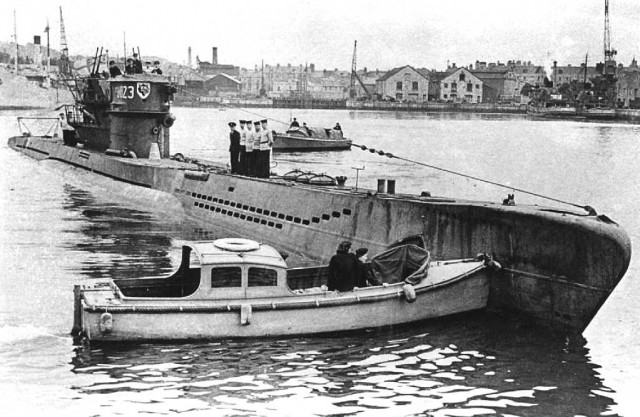Charleston became a target of the Nazi naval command during WWII when it was discovered to be a frequent port for Allied ships. One German submarine, U-455, was commanded by Captain Hans-Heinrich Giessler and found quickly that the site was readily spotted from a distance, making it a prime target for German submarine attacks.
Giessler kept a recently discovered journal in which he chronicled the efforts of his crew to track down Allied ships near the busy harbor, laying explosives in an attempt to attack Allied forces without sparking an actual battle. From the safety of his submarine, Giessler and the rest of his German crew could see the harbor well. According to Giessler’s journal, they could even see much of what was happening on land. Giessler’s operational journal has been digitized, providing online browsers of the documents a peek at what the Nazis were doing below sea level, within a stone’s throw of American soil.
The journal, while not belonging to Allied forces, is also a look at military strategy for those who maintain an interest in learning about such things. By knowing more about the covert actions of German submarine forces during WWII, it is easier to predict similar actions that may potentially be taken by future enemies, The Post and Courier reports.
Two days were spent in Giessler’ssubmarine, during which he kept careful notes on the goings on at Charleston. While Nazi commanders are often depicted as forceful and belligerent, Giessler was patient and restrained, not wanting to do anything that may give away his position and sacrifice the German’s ability to monitor the port. Giessler was always ready to engage if need be, but his main goal was simply to file a report and lay a few mines underwater. He did not succumb to any wishes to play hero for his nation and engage American ships head-on.
Giessler’ssubmarine was never found by American forces during his hunt, and his precaution throughout the war effort would allow him to escape the conflicts alive.It is unknown, however, whether or not the underwater explosives he deployed were ever discovered. While it is certain that they did not result in the damage of any American ships, there is no record of whether or not this is because they were found or because they were duds.
All that is known for certain is that a German submarine lurked undetected within one mile of the American coastline, taking thorough notes on the happenings at the Charleston harbor. This knowledge will undoubtedly aid American military strategists in the case of future war, as they work to prevent similar attempts at naval espionage.
//

